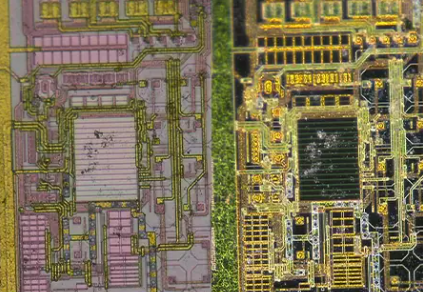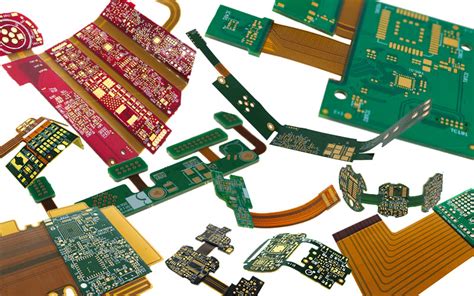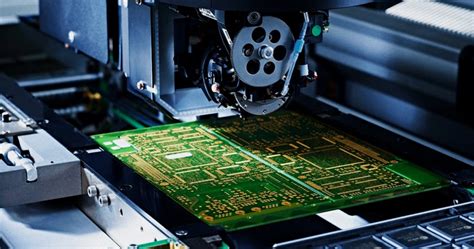China rogers pcb
Innovations In China Rogers PCB Manufacturing
In recent years, the landscape of printed circuit board (PCB) manufacturing has undergone significant transformations, with China emerging as a pivotal player in this domain. Among the various types of PCBs, Rogers PCBs have garnered particular attention due to their superior performance in high-frequency applications. The innovations in China Rogers PCB manufacturing have not only enhanced the quality and efficiency of these products but have also positioned China as a leader in the global electronics industry.
To begin with, Rogers PCBs are renowned for their exceptional dielectric properties, which make them ideal for applications requiring high-frequency signal transmission, such as in telecommunications and aerospace industries.
The demand for these specialized PCBs has surged, prompting Chinese manufacturers to invest heavily in research and development. This investment has led to the creation of advanced manufacturing techniques that improve the precision and reliability of Rogers PCBs. For instance, the adoption of automated production lines and state-of-the-art equipment has significantly reduced human error, ensuring consistent quality across large production volumes.
Moreover, Chinese manufacturers have embraced innovative materials and processes to enhance the performance of Rogers PCBs.
By utilizing advanced laminates and substrates, these manufacturers have been able to produce PCBs that exhibit lower signal loss and better thermal management. This is particularly crucial in applications where maintaining signal integrity is paramount. Additionally, the integration of cutting-edge technologies such as laser direct imaging and precision drilling has further refined the manufacturing process, allowing for the production of PCBs with intricate designs and tighter tolerances.
Another noteworthy innovation in China Rogers PCB manufacturing is the emphasis on sustainability and environmental responsibility.
As global awareness of environmental issues grows, Chinese manufacturers have taken proactive steps to minimize the ecological impact of PCB production. This includes the implementation of eco-friendly practices such as recycling waste materials, reducing energy consumption, and utilizing non-toxic chemicals in the manufacturing process. These efforts not only align with international environmental standards but also enhance the reputation of Chinese manufacturers as responsible global citizens.
Furthermore, the competitive landscape of the PCB industry in China has driven manufacturers to continuously seek improvements in cost efficiency.
By optimizing supply chain management and leveraging economies of scale, Chinese companies have been able to offer high-quality Rogers PCBs at competitive prices. This cost advantage has made China an attractive destination for global companies seeking reliable and affordable PCB solutions. Additionally, the strategic location of China within the global supply chain facilitates efficient logistics and distribution, further enhancing its appeal to international clients.
In conclusion, the innovations in China Rogers PCB manufacturing have been instrumental in advancing the capabilities and competitiveness of the country’s electronics industry. Through the adoption of advanced technologies, sustainable practices, and cost-efficient strategies, Chinese manufacturers have not only improved the quality and performance of Rogers PCBs but have also solidified their position as leaders in the global market. As the demand for high-frequency applications continues to grow, it is expected that China will remain at the forefront of PCB innovation, driving further advancements in this critical field.
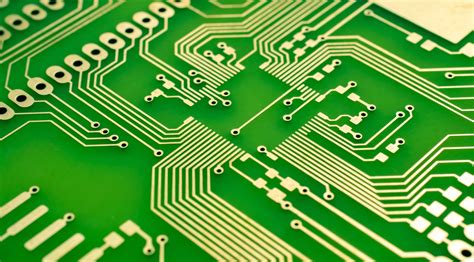
Benefits Of Using Rogers PCB In Chinese Electronics
Rogers PCBs, known for their superior performance and reliability, have become increasingly popular in the Chinese electronics industry. As the demand for high-frequency and high-speed electronic devices continues to grow, the benefits of using Rogers PCBs in Chinese electronics are becoming more apparent. These benefits are primarily driven by the unique material properties and manufacturing capabilities that Rogers PCBs offer, which are essential for meeting the stringent requirements of modern electronic applications.
One of the primary advantages of Rogers PCBs is their exceptional dielectric properties.
Unlike traditional FR-4 materials, Rogers PCBs are made from advanced composite materials that provide a low dielectric constant and low loss tangent. This results in minimal signal loss and excellent signal integrity, which are crucial for high-frequency applications such as telecommunications, radar systems, and advanced computing. In the context of the Chinese electronics industry, where the development of 5G technology and IoT devices is rapidly advancing, the use of Rogers PCBs ensures that devices can operate efficiently at higher frequencies without compromising performance.
Moreover, Rogers PCBs offer superior thermal management capabilities.
The materials used in these PCBs have a high thermal conductivity, which allows for efficient heat dissipation. This is particularly important in high-power applications where excessive heat can lead to device failure or reduced lifespan. In China, where the production of power electronics and LED lighting is significant, the ability to manage heat effectively is a critical factor in maintaining product reliability and performance. By utilizing Rogers PCBs, manufacturers can enhance the thermal performance of their products, thereby increasing their competitiveness in the global market.
In addition to their electrical and thermal advantages, Rogers PCBs are also known for their mechanical stability.
They exhibit low thermal expansion, which means they can maintain their structural integrity under varying temperature conditions. This is especially beneficial in applications that experience extreme temperature fluctuations, such as automotive electronics and aerospace systems. For Chinese manufacturers, who are increasingly involved in producing components for these industries, the mechanical robustness of Rogers PCBs provides an added layer of reliability and durability.
Furthermore, the versatility of Rogers PCBs in terms of design flexibility cannot be overlooked.
These PCBs can be easily customized to meet specific design requirements, allowing for greater innovation and creativity in product development. This flexibility is particularly advantageous for Chinese electronics companies that are striving to differentiate their products in a highly competitive market. By leveraging the design capabilities of Rogers PCBs, these companies can develop cutting-edge products that meet the evolving needs of consumers.
In conclusion, the adoption of Rogers PCBs in the Chinese electronics industry offers numerous benefits that align with the demands of modern electronic applications.
Their superior dielectric properties, thermal management capabilities, mechanical stability, and design flexibility make them an ideal choice for high-frequency, high-speed, and high-power applications. As China continues to position itself as a leader in the global electronics market, the use of Rogers PCBs will undoubtedly play a crucial role in driving innovation and ensuring the reliability and performance of electronic devices. Through the integration of these advanced materials, Chinese manufacturers can enhance their product offerings and maintain a competitive edge in an ever-evolving technological landscape.
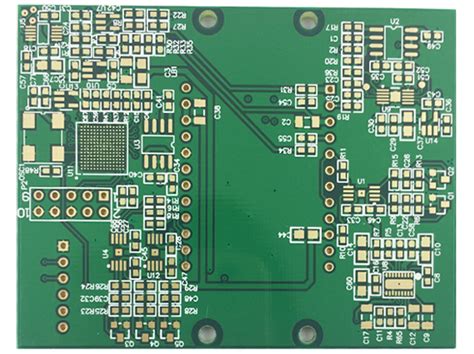
Environmental Impact Of Rogers PCB Production In China
The production of Rogers printed circuit boards (PCBs) in China has become a significant component of the global electronics manufacturing industry. As the demand for advanced electronic devices continues to rise, so does the need for high-performance PCBs, such as those made by Rogers Corporation. However, the environmental impact of this production process in China is a growing concern that warrants careful examination.
To begin with, the manufacturing of Rogers PCBs involves several stages, each with its own environmental implications.
The process starts with the extraction and processing of raw materials, which include copper, fiberglass, and various chemicals. The mining and refining of these materials can lead to habitat destruction, soil erosion, and water pollution. In China, where environmental regulations have historically been less stringent, these activities can have particularly severe consequences for local ecosystems.
Moreover, the production process itself is energy-intensive, contributing to greenhouse gas emissions.
China, being one of the largest producers of PCBs, faces the challenge of balancing industrial growth with environmental sustainability. The energy used in PCB manufacturing is often derived from coal-fired power plants, which are a major source of carbon emissions. This reliance on fossil fuels exacerbates the environmental footprint of PCB production, contributing to global climate change.
In addition to energy consumption, the use of hazardous chemicals in the production of Rogers PCBs poses significant environmental risks.
Chemicals such as formaldehyde, lead, and brominated flame retardants are commonly used in the manufacturing process. If not properly managed, these substances can leach into the environment, contaminating soil and water sources. In China, where waste management practices may not always meet international standards, the potential for chemical pollution is a pressing concern.
Furthermore, the disposal of PCB waste presents another environmental challenge.
The production of Rogers PCBs generates a considerable amount of waste, including scrap materials and chemical by-products. Inadequate disposal methods can lead to the accumulation of electronic waste, or e-waste, which is difficult to recycle and often ends up in landfills. This not only contributes to environmental degradation but also poses health risks to communities living near disposal sites.
Despite these challenges, there are efforts underway to mitigate the environmental impact of Rogers PCB production in China.
The Chinese government has been implementing stricter environmental regulations and promoting cleaner production technologies. For instance, there is a growing emphasis on the use of renewable energy sources and the development of more efficient manufacturing processes. Additionally, companies are increasingly adopting sustainable practices, such as recycling and waste reduction, to minimize their environmental footprint.
In conclusion, while the production of Rogers PCBs in China plays a crucial role in the global electronics industry, it also presents significant environmental challenges.
The extraction of raw materials, energy consumption, use of hazardous chemicals, and waste disposal all contribute to the environmental impact of this industry. However, with the implementation of stricter regulations and the adoption of sustainable practices, there is potential to reduce these impacts and move towards a more environmentally responsible production process. As the demand for electronic devices continues to grow, it is imperative that both industry and government work together to ensure that the production of Rogers PCBs is conducted in an environmentally sustainable manner.
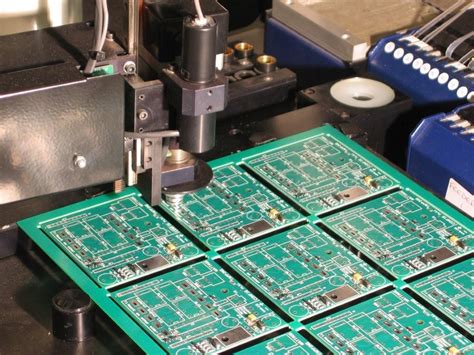
Future Trends In China’s Rogers PCB Industry
The Rogers PCB industry in China is poised for significant transformation as it aligns with global technological advancements and market demands. As the world increasingly shifts towards high-frequency and high-speed electronic applications, the demand for Rogers PCBs, known for their superior performance in these areas, is expected to rise. This trend is particularly evident in sectors such as telecommunications, automotive, and aerospace, where the need for reliable and efficient electronic components is paramount.
One of the key drivers of future trends in China’s Rogers PCB industry is the rapid development of 5G technology.
As 5G networks continue to expand, the demand for PCBs that can support higher frequencies and faster data transmission rates will grow. Rogers PCBs, with their low dielectric loss and excellent thermal management properties, are ideally suited for these applications. Consequently, Chinese manufacturers are likely to increase their production capacities and invest in research and development to enhance the performance of their Rogers PCB offerings.
In addition to telecommunications, the automotive industry is another sector that will significantly influence the future of Rogers PCBs in China.
The shift towards electric vehicles (EVs) and autonomous driving technologies necessitates the use of advanced electronic systems that can operate reliably under high-frequency conditions. Rogers PCBs, with their ability to maintain signal integrity and withstand harsh environments, are becoming increasingly important in the design and manufacture of automotive electronic components. As a result, Chinese PCB manufacturers are expected to focus on developing specialized Rogers PCBs tailored to meet the specific needs of the automotive industry.
Moreover, the aerospace sector presents another promising avenue for the growth of Rogers PCBs in China.
The demand for lightweight, high-performance materials in aerospace applications is driving the adoption of Rogers PCBs, which offer excellent electrical properties and thermal stability. As China continues to expand its aerospace capabilities, both for commercial and defense purposes, the need for advanced PCBs will likely increase, providing further impetus for the development of the Rogers PCB industry.
Furthermore, the trend towards miniaturization and increased functionality in electronic devices is also shaping the future of Rogers PCBs in China.
As devices become smaller and more complex, the need for PCBs that can support high-density interconnections and maintain performance at high frequencies becomes critical. Rogers PCBs, with their ability to deliver consistent performance in compact designs, are well-positioned to meet these challenges. Consequently, Chinese manufacturers are expected to invest in new technologies and processes to produce Rogers PCBs that cater to the evolving demands of the electronics industry.
In conclusion, the future of China’s Rogers PCB industry is closely tied to the advancements in telecommunications, automotive, aerospace, and consumer electronics sectors.
As these industries continue to evolve, the demand for high-performance PCBs will drive innovation and growth in the Rogers PCB market. Chinese manufacturers, recognizing the potential of this market, are likely to invest in research and development, expand their production capabilities, and explore new applications for Rogers PCBs. By doing so, they will not only meet the growing domestic demand but also position themselves as key players in the global Rogers PCB industry. As these trends unfold, the Rogers PCB industry in China is set to play a crucial role in supporting the next generation of electronic technologies.


